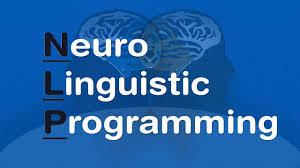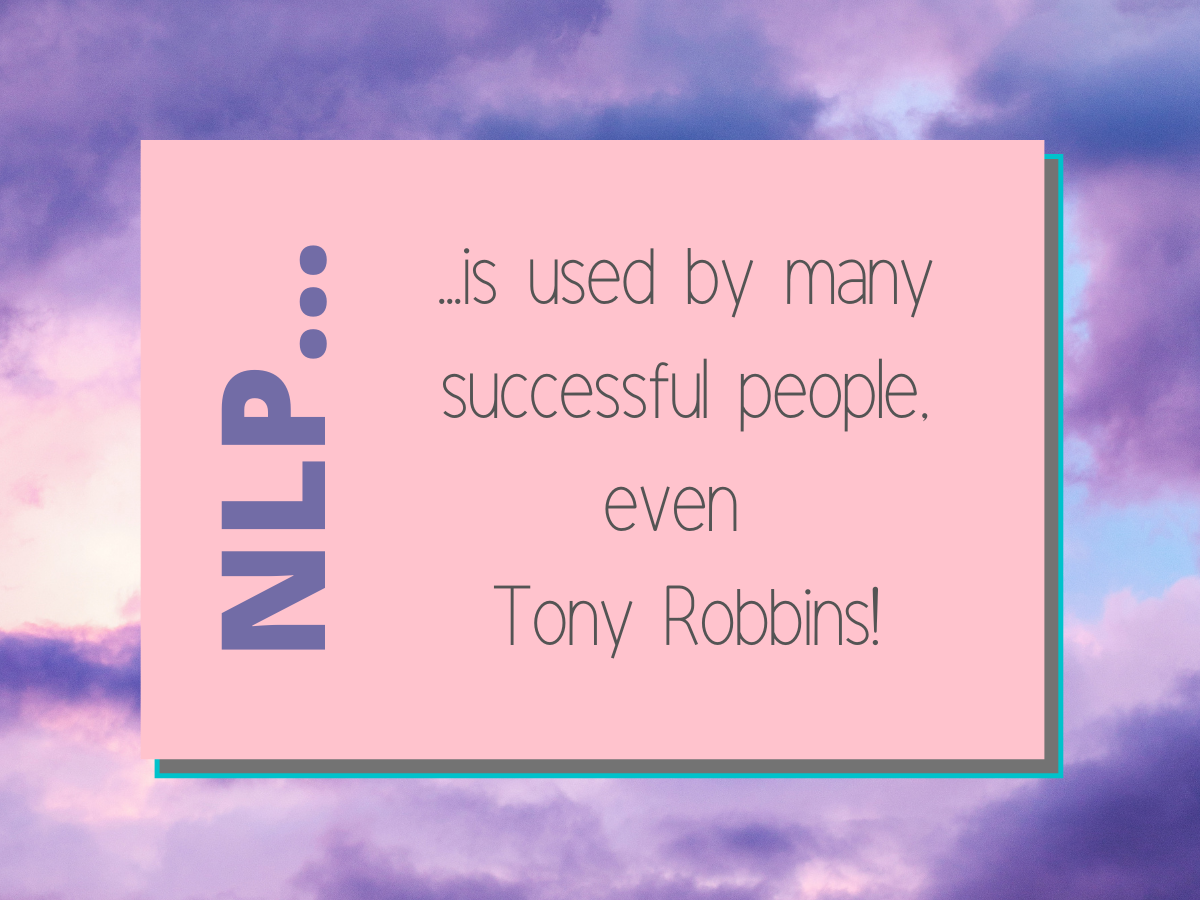NLP
Encompassing mind, language, & behavior…
The name Neuro-Linguistic Programming encompasses the three most influential components involved in producing experience: neurology, language, and programming. The neurological system regulates how our bodies function, language determines how we interface and communicate with other people and our programming determines the kinds of models of the world we create. Neuro-Linguistic Programming describes the fundamental dynamics between the mind (neuro) and language (linguistic) and how their interplay affects our body and behavior (programming).
All of the models and techniques of NLP are based on the combination of these two principles:
1) In the belief system of NLP it is not possible for human beings to know objective reality. 2) Wisdom, ethics, and ecology do not derive from having the one “right” or “correct” viewpoint, because human beings would not be capable of making one. Rather, the goal is to create the richest perspective possible that respects the systematic nature and ecology of ourselves and the world we live in. The most effective people in life are the ones who have a model of the world that allows them to perceive the greatest number of available choices and perspectives. NLP is a way of enriching the choices that you have and perceive as available in the world around you. “Excellence comes from having many choices. Wisdom comes from having multiple perspectives.”
NLP Summarized…
 Therefore, according to NLP, the basic process of change involves:
Therefore, according to NLP, the basic process of change involves:
1) finding out what the present state of the person is, and
2) adding the appropriate resources to lead that person to the desired state. Through the years, NLP has developed a variety of very powerful tools and skills for communication & change.
The founders of NLP — Grinder & Bandler…
NLP was originated by John Grinder (whose background was in linguistics) and Richard Bandler (whose background was in mathematics and Gestalt therapy) for the purpose of making explicit models of human excellence. Their first work, The Structure of Magic Vol. I and II (1975,1976) identified the verbal and behavioral patterns of therapists Fritz Perls (the creator of Gestalt therapy) and Virginia Satir (internationally renowned family therapist). Their next work, Patterns of the Hypnotic Techniques of Milton H. Erikson, M.D. Vol. I & II (1975,1976) examined the verbal and behavioral patterns of Milton Erikson, founder of the American Society of Clinical Hypnosis and one of the most widely acknowledged and clinically successful psychiatrists of our times. As a result of this earlier work, Grinder and Bandler formalized their modeling techniques and their own individual contributions under the name “Neuro-Linguistic Programming” to symbolize the relationship between the brain, language, and body. The basics of this model has been described in a series of books including: Frogs into Princess (Bandler and Grinder, 1979), Neuro-Linguistic Programming Vol. I (Dilts, Grinder, Bandler, DeLozier, 1980), Reframing (Bandler and Grinder, 1982), Using Your Brain for a Change (Bandler, 1985), and Introducing Neuro-Linguistic Programming (O’Connor and Seymour, 1990).

